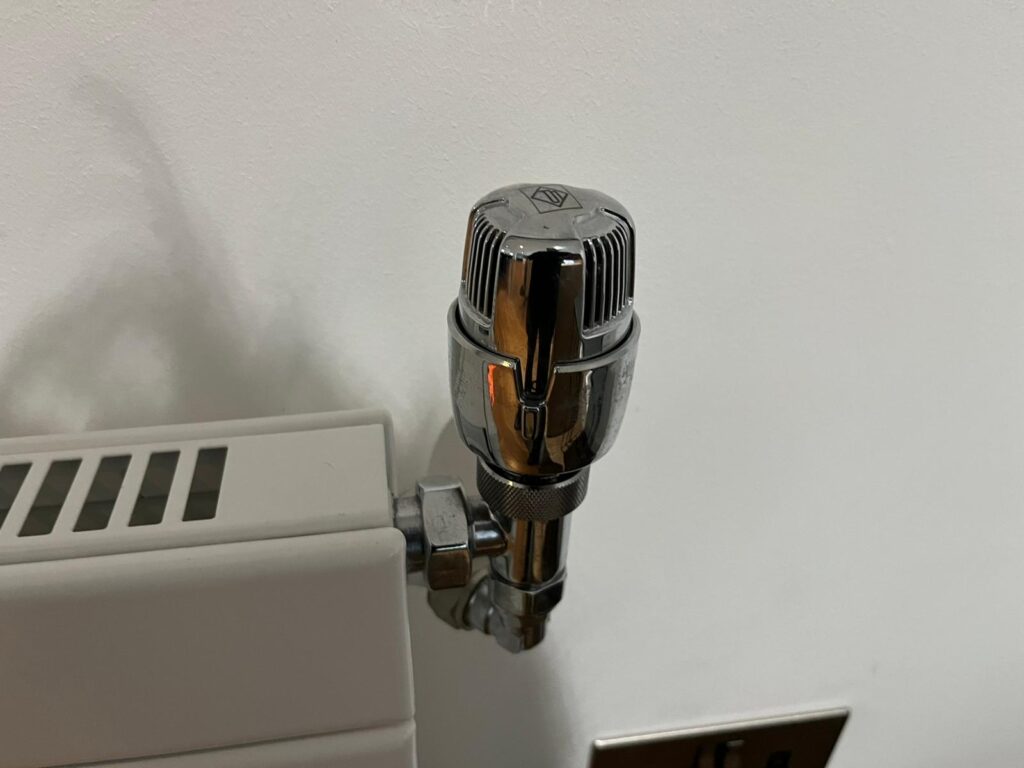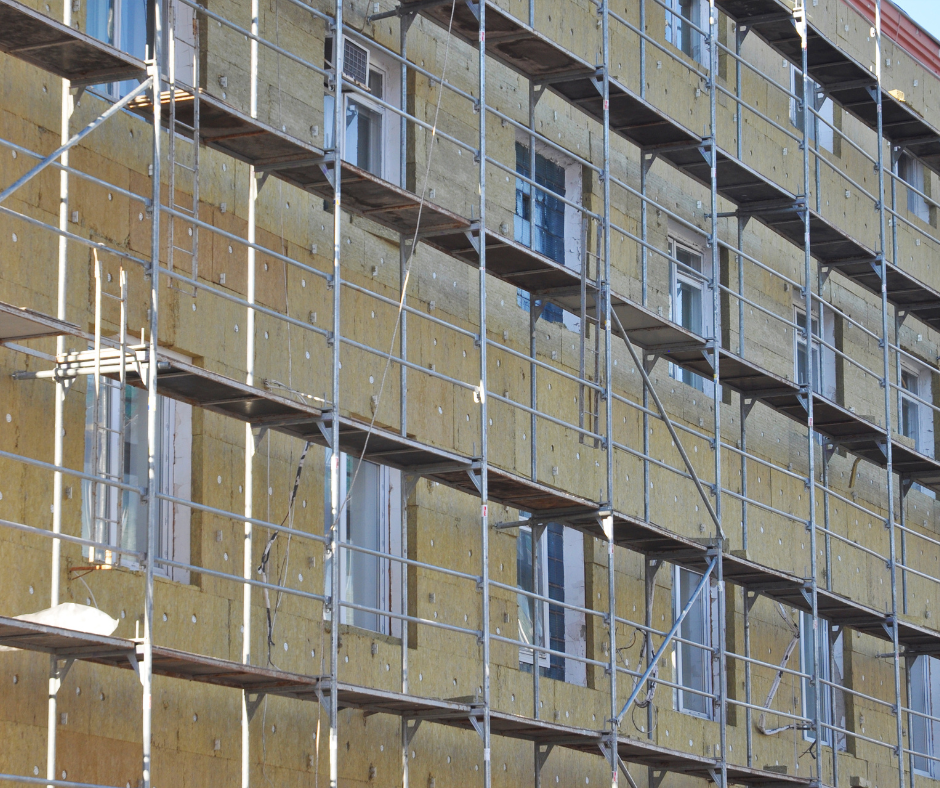In depth tips and guidance on the benefits and functions of Thermostatic Radiator Valves (TRVs)
An individual radiator in a heating system can have a thermostatic radiator valve (TRV) installed on it. You can adjust the heat output of each individual radiator in your home thanks to their ability to regulate the temperature of each radiator. By ensuring that your heating system only consumes the energy required to heat your home to the proper temperature, this can help save energy and money.
The ability to individually manage the temperature of each radiator in your home is one of the primary ways that TRVs aid in energy conservation. This implies that you can lower the thermostat in rooms that are unoccupied or naturally warmer due to elements like sunlight while still keeping the inhabited rooms at a suitable temperature.
If you have a room that is rarely used, such a guest room or a home office, you can use the TRV to turn the radiator down or even totally off. This will stop the radiator from wasting energy by heating a room that isn’t occupied and will stop the room from overheating and feeling uncomfortable if someone does use it.
Maintaining a constant temperature in each room is another way that TRVs contribute to energy conservation. The majority of TRVs have a thermostatic element that measures the room’s air temperature and modifies the radiator’s hot water supply in accordance. This implies that instead of going on and off or operating at full blast, the radiator will only produce enough heat to keep the room at the specified temperature.
By avoiding the heating system from working harder than necessary, this can aid in energy conservation. For instance the TRV will automatically alter the heat output of the radiator to make up for any temperature differences caused by elements like draughty windows or high ceilings.
In addition to helping you save energy, TRVs can also increase the comfort level in your house as a whole. You may design a more individualised heating experience that is catered to your specific needs by having the ability to regulate the temperature of each individual radiator. By doing this, you can make sure that every area in your house is cosy and warm without wasting energy heating up spaces that are not in use.
In general TRVs are an easy and efficient solution to reduce your heating costs and save energy. They can help you use your heating system more effectively and provide your home a more comfortable, customised heating experience by letting you set the temperature of each individual radiator.
Thermostatic Radiator Valve Problems
In order to ensure that each room is heated to the correct level whilst being energy efficient, thermostatic radiator valves (TRVs) are used to control the temperature in different rooms. But much like any mechanical system TRVs can run into issues. The following are a few of the most typical reasons why your Thermostatic Radiator Valves not working:
Valve jamming or seizing: TRVs can occasionally jam or seize, making it difficult for them to open or close properly. This may be brought on by a build-up of dirt, debris, sludge or by internal mechanism damage.
TRVs use sensors to assess the temperature of a room however these sensors can malfunction or be misaligned, resulting in erroneous readings and insufficient heating.
Damaged TRV heads: TRV heads are larger than standard radiator valves and made from plastic, these are prone to knocks at low level and can damage easily or disconnect resulting in the valve being fully open at all times.
Leaking valves: Over time, TRVs may develop leaks that waste energy and cause uneven heating. Numerous things, including corrosion, damage to the valve itself, excessive dirt in the system or a poor seal, might result in leaks.
Achieving the proper temperature can be tough with some TRVs because of their difficulty in being adjusted. This may be caused by a number of things, such as a defective control mechanism or valve damage.
Loss of connection: In addition to the above Smart Thermostatic Radiator Valves can suffer connection loss or loss of wi-fi signal. Whilst they can be adjusted manually any pre-set programs or Smart features will not be operational
It is advised that you seek help from a qualified heating engineer if you are having issues with your TRVs. They will be able to identify the problem and suggest the best line of action to resolve it.
What temperatures do the 1-5 settings on a TRV stand for?
Depending on the TRV type and manufacturer, different room temperatures will correlate to TRV settings 1 – 5. The lowest setting on a TRV is 0 which correlates to a fully closed valve. TRVs also generally have a * setting which is for frost protection. The TRV’s user handbook or installation instructions will list the precise room temperatures that go with each setting. But if you do not have this to hand below is a rough guide of temperature settings
| 0 | Valves is fully closed |
| (*) | Frost protection set at 4-7 degrees C |
| 1 | 8-12 degrees C |
| 2 | 13-17 degrees C |
| 3 | 18-21 degrees C |
| 4 | 21-23 degrees C |
| 5 | The valve is fully open |
What to avoid with Thermostatic Radiator Valves
To ensure that TRVs function properly and efficiently some recommendations are outlined below:
- Place TRVs away from draughts and heat sources. As a result, the thermostatic head’s accuracy may be compromised, and the TRV may open or close prematurely resulting in ineffective heating.
- Avoid concealing or obstructing the TRV’s air vents. This may limit airflow and impair the TRV’s ability to function.
- When altering the TRV’s temperature, be careful not to exert too much force. This could result in thermostatic head damage and incorrect temperature control.
- TRVs require a free flow of air in order to measure the temperature in the atmosphere. Therefore, avoid blocking them with furniture or covering them with curtains. They won’t function correctly if the radiator to which they are attached is inside of radiator coverthat restricts free air flow.
- Do not tamper with the TRV or try to fix it yourself. TRVs should only be serviced and repaired by experienced professional because they are intricate mechanical devices. Attempts to modify or repair a TRV can result in damage and void the warranty.
Should TRVs be fitted on the flow or the return pipe?
Historically TRVs used to be fitted to the flow pipes with the assumption that they will function more efficiently but effectively a TRV is an on or off shut off valve. Modern TRVs work bidirectionally and will operate if fitted to the flow or the return side of the radiator, the only benefit to fitting it to the flow side instead is that it will adjust the temperature more quickly.
What rooms should TRVs not be fitted in?
TRVs shouldn’t be installed in spaces that aren’t frequently used, such garages or storage rooms. This is due to the fact that TRVs are made to maintain a comfortable temperature in habited rooms and are useless in unoccupied locations. Additionally TRVs should not be fitted in a room or area where a room thermostat is fitted. The heating in this area should be governed by the room thermostat. In the event a TRV and thermostat are fitted in the same room them the TRV should be left fully open.
Two areas where a thermostatic radiator valve may not function accurately are bathrooms and kitchen. Additional heat created by showers, baths and cooking coupled with steam and moisture can interfere with readings of the sensors.



